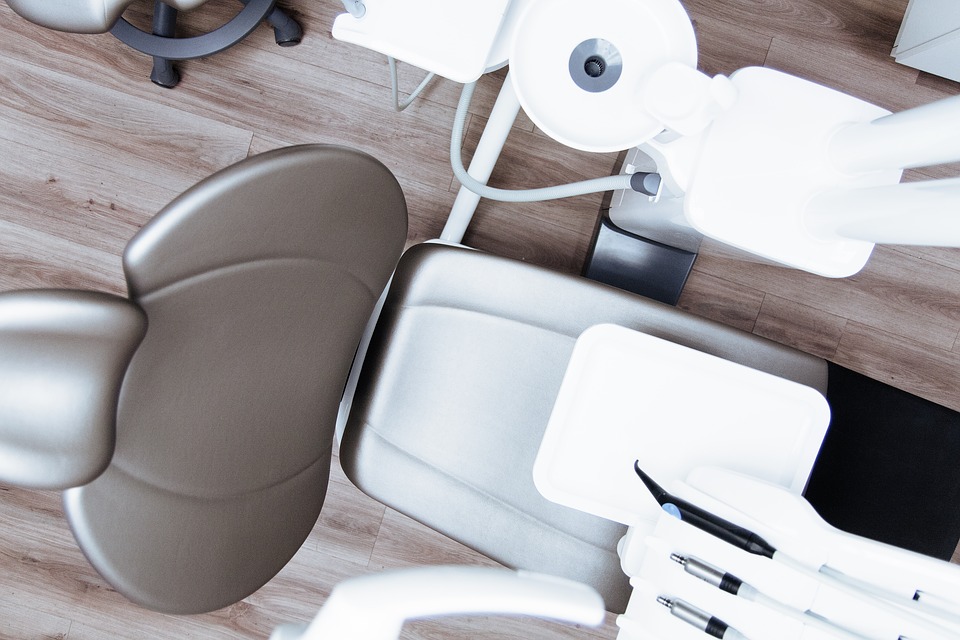
Traditional dental problems, such as gum disease, dental caries, and missing or cracked teeth, can now be resolved with modern solutions and dental technological advancements. By providing cutting-edge dental treatment, dentists can perform effectively and efficiently for the peace of mind and comfort of their patients.
In this post, you’ll learn the various types of technology that dentists use today. These are new technologies developed and used by dentists to help prevent, assess, diagnose, and treat oral or dental conditions and diseases.
Air-Abrasion System
This dental technology involves using abrasive particles, like silicon or aluminum oxide and a stream of air to remove tooth decay. It is an excellent alternative to traditional dental drills. Modern dentists, like a dentist in Wheat Ridge, CO, uses an air-abrasion system for a more comfortable dental experience for patients.
Here are the facts about air abrasion:
- It is used in treating small cavities. The dentist can work on hard-to-reach areas better without considerable effort and stress.
- It doesn’t utilize a local anesthetic. It lessens the worry and anxiety felt by patients who usually undergo the removal of tooth decay using traditional dental drills.
- It preserves a healthy tooth structure while precisely removing tooth decay.
- A blast of pellets consists of aluminum oxide and air, which can access difficult oral areas. These areas include those between the teeth, which makes it a suitable treatment for repairing old tooth restorations.
Composite Materials
Composite resin materials are used in veneers and other tooth restorations, filling cavities and bonding onto a tooth. Composite resin offers a tooth-like solution that can replicate tooth colors.
Composite resins are easy to apply and hold their shape well without slumping off your tooth. When it comes to curing composite resins, these materials are coupled with translucent qualities of newer materials, which help in producing beautiful and natural-looking results.
Digital X-Rays
One of the most commonly used technologies today is digital radiography or digital X-rays. These are used in diagnosing various dental conditions using an electronic digital sensor that is connected to a computer. The image of an oral structure is projected on a screen. It happens once the X-ray has been taken and ready for the dentist to view.
Digital dental X-rays are faster to process and safer to use because of low radiation, which is just a fraction of what other imaging methods emit. Dental X-rays can detect areas of bone loss or tooth decay. It is an essential aid during the root canal. A children's dentist in Wheat Ridge uses digital X-rays to help lessen children’s anxiety with a lengthy traditional dental X-ray procedure and radiation exposure.
Dental Implant Technology
Dental implants can accommodate big or small tooth replacements. Because of the predictable bio-integration of human bone with the titanium tooth root, the results are long-lasting.
Treatment time is now reduced, and some dental implants can now be placed after tooth extraction without waiting for six months using traditional means. Dental implants are now considered the standard of care once a tooth extraction is required.
Computer Assisted Design (CAD) or Computer Assisted Manufacture (CAM) Technology
CAD or CAM involves the fabrication of dental restorations via computerized technology. The dentist can work with CAD or CAM to complete tooth restorations. The examples of tooth restorations include porcelain veneers, inlays, onlays, dental bridges, and dental crowns. CAD or CAM can be done in the dental office in just one visit, which usually would require two appointments.
Intra-Oral Camera
It produces accurate images of the gums, teeth, and other oral structures in order to diagnose tooth defects. Intra-oral cameras are used in patient education to help learn about proper dental hygiene practices, such as areas to focus on when brushing teeth.
Patients can now clearly see the real condition of their oral cavity or dental health with clear images of oral structures seen on a TV screen. That’s why it promotes higher patient compliance to suggested treatment and dental health advice.
Lasers
The list won’t be complete without talking about lasers. Lasers provide reduced discomfort and a suture-free option for patients. A laser is used in the following:
- Cold sores
- ?Gummy smile changes
- Benign tumors
- Dental fillings
- Crown lengthening
- Decay removal
- Speech impediment improvements
- Nerve regeneration of damaged blood vessels, nerves, and scars
Conclusion
Dental technologies help dentists and patients feel more comfortable, relaxed, and assured that quality dental services are always provided. There are still many of these technologies available today, which give patients and dental health professionals more options in the diagnosis and treatment of various dental health conditions.